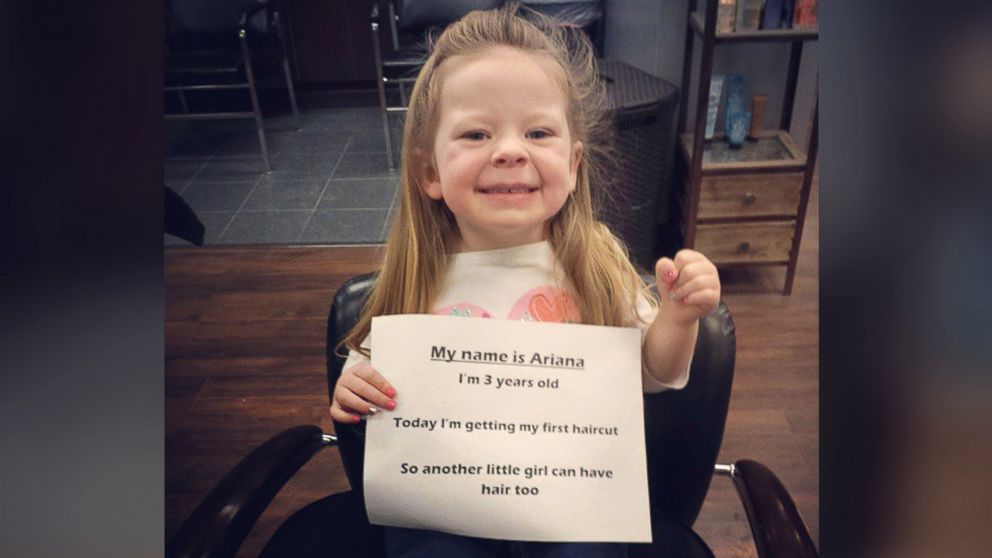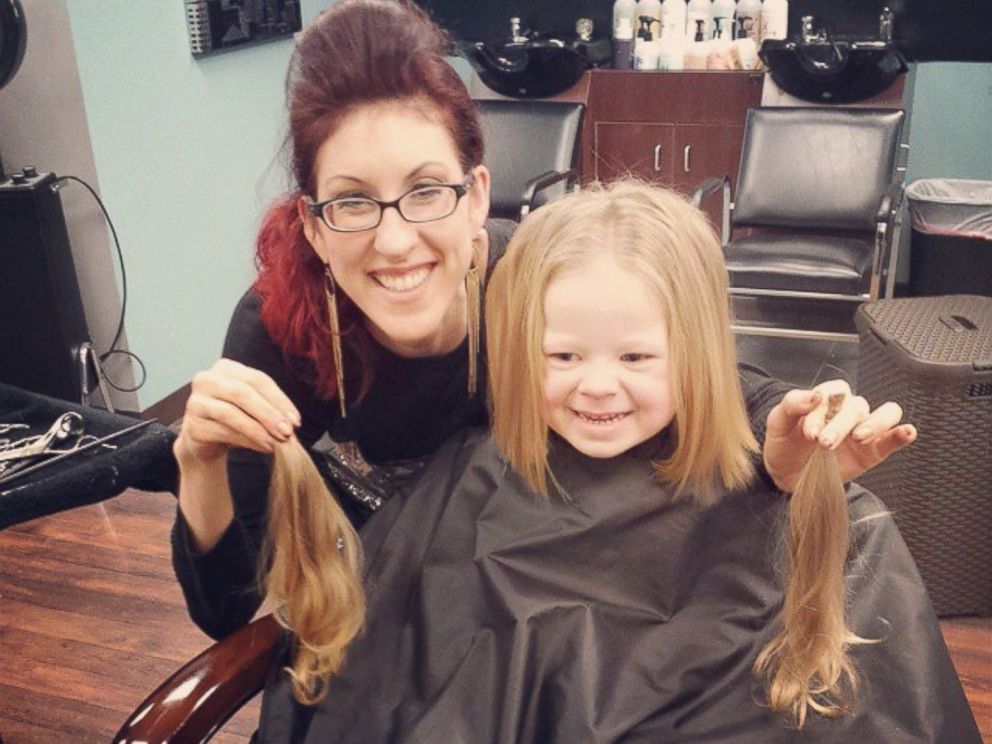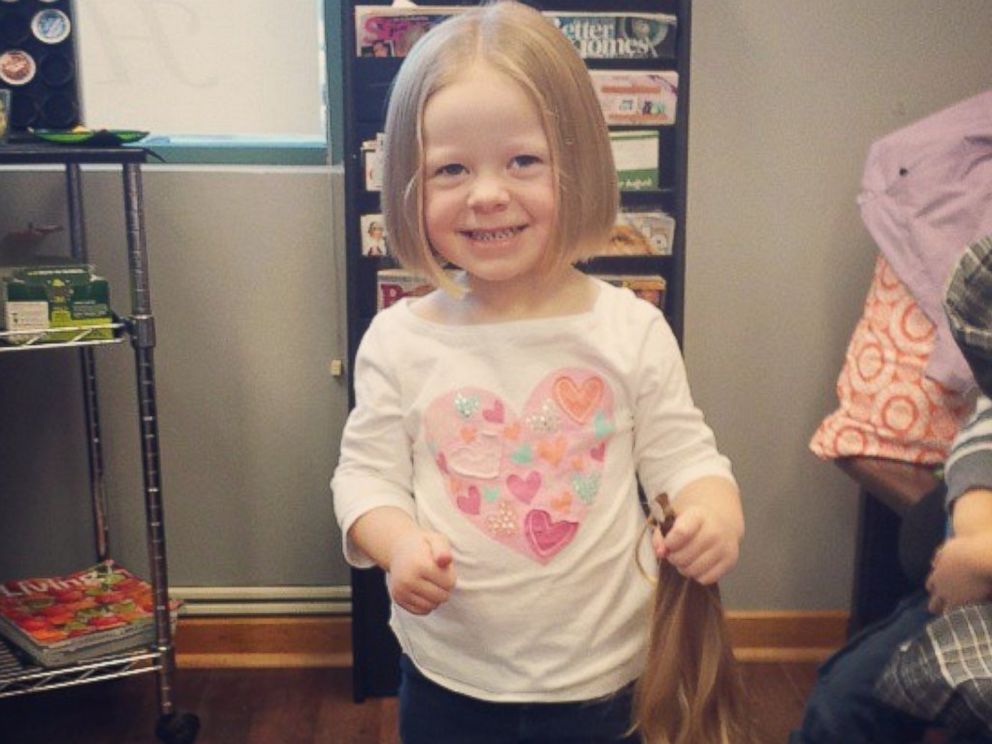
Santa Claus usually does all the traveling, but this time, a group of kids flew from Dulles International Airport to the North Pole to meet the big guy himself.
Now in its 25th year, United Airlines offered a Fantasy flight for hundreds of children with serious diseases. Once in the air, the pilot reached a “top secret altitude” and warned kids to keep the window shades down.
Santa has a mystery passage to the North Pole that he wants to keep a secret from the Grinch.
“Basically, we’re going on a plane to the North Pole and then we’re going to meet Santa,” says Alex Green, 10, who is fighting pediatric cancer. “It makes me happy because, since I have cancer, I’m doing something fun and I can actually go to the North Pole.”
Alex’s mother, Jenny, says he was diagnosed with a Stage 4 Wilms’ Tumor when he was five years old.
“To see all these kids smiling, it’s emotional,” she says. “Pulling into the airport, I got teary eyed seeing all the volunteers that come together and make this happen. It’s wonderful.”
Kids walked through the “North Pole” terminal greeted by dozens of volunteers — including a band, Spongebob Squarepants, Elmo, The Racing Presidents, cheerleaders — and of course, Santa.
Denise Robinson-Palmer, base manager of flight attendants, says she looks forward to this “fantasy flight” every year.
“Today I was with a kid and I got a little choked up, so I had to walk away because this is not a time for us to get into that,” Robinson-Palmer says. “It’s a time to make them feel like today is the most wonderful day to them.”





